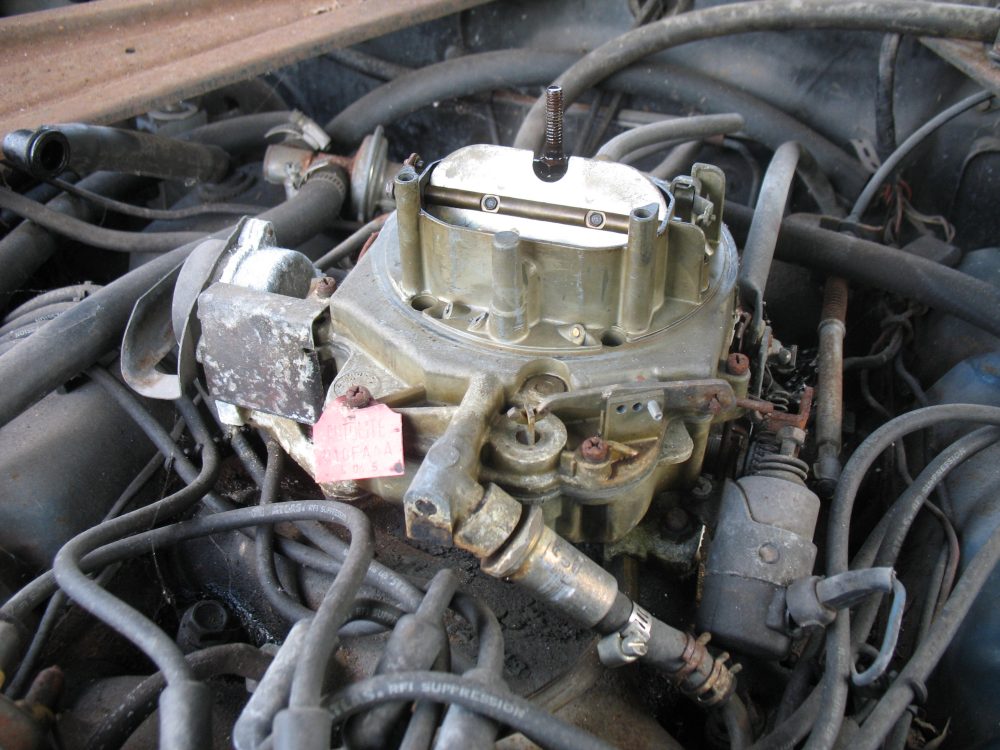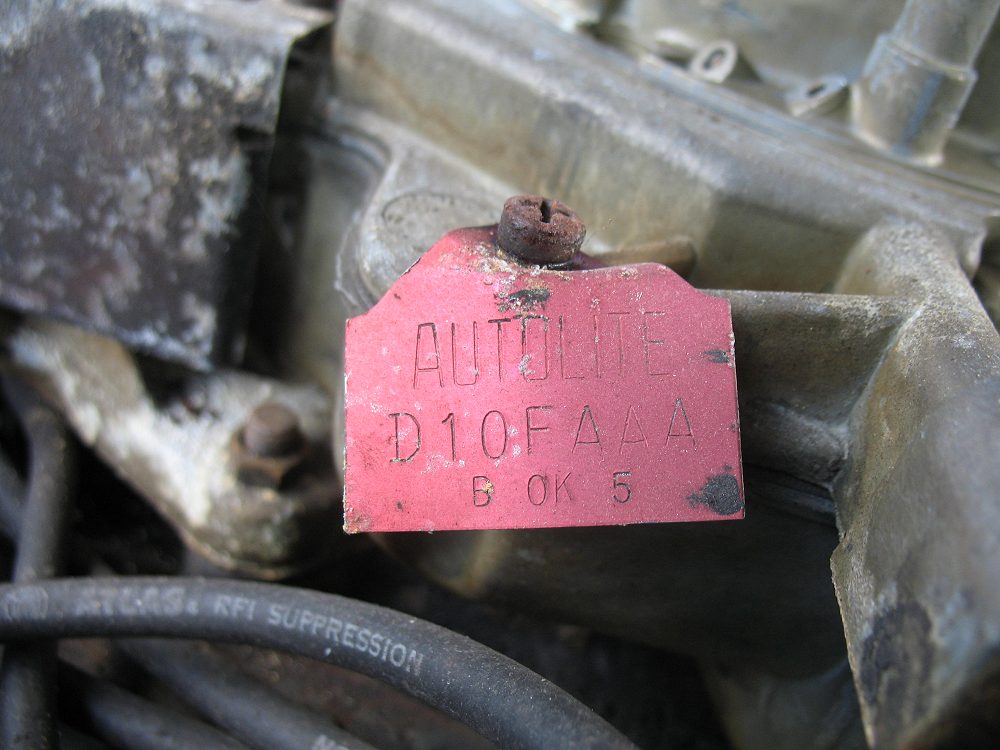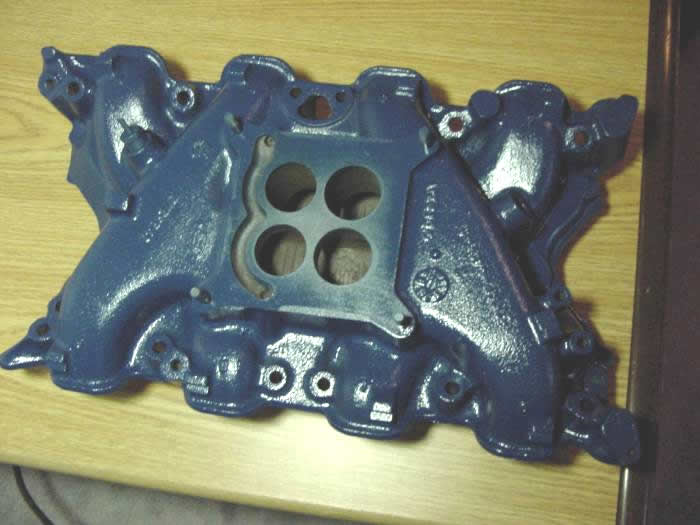- Joined
- Jul 21, 2012
- Messages
- 3,240
- Reaction score
- 16
- Location
- South Florida
- My Car
- '71 Mustang Mach 1 M-code "Soylent Green"
'69 Plymouth Valiant 100
'68 Plymouth Satellite
Hello fellows,
As I note that the 4300 doesn't particularly get rave reviews - not to mention that I've heard of a few fires starting due to a bad plug in front - I've been considering swapping to a Holley or Carter AFB.
That said, I have yet to pull the carb off the intake to verify what I have. Casting number on the intake is DOAE-9425-L, but that's a standard casting number for both the four and two barrel manifolds.


Nevertheless, if my research is correct, I should have a squarebore 4300A (P/N #D10FAAA) on a matching squarebore intake, which may or may not have a hot air passage on it (some places claim 1970-only; others say it was used in '71 as well).
That said, following are my questions:
Advice appreciated.
Best,
-Kurt
As I note that the 4300 doesn't particularly get rave reviews - not to mention that I've heard of a few fires starting due to a bad plug in front - I've been considering swapping to a Holley or Carter AFB.
That said, I have yet to pull the carb off the intake to verify what I have. Casting number on the intake is DOAE-9425-L, but that's a standard casting number for both the four and two barrel manifolds.


Nevertheless, if my research is correct, I should have a squarebore 4300A (P/N #D10FAAA) on a matching squarebore intake, which may or may not have a hot air passage on it (some places claim 1970-only; others say it was used in '71 as well).
That said, following are my questions:
- I've read something about the 4300's having a slightly different throttle plate size than similar carbs. I believe these comments are in reference to the spread-bore 4300D's, and does not apply to the 4300A. Am I correct in this assumption?
- If this thing has a hot air passage on it, do I have to fandangle any particular blockage plate or adapter to use a Holley or Carter AFB/Edelbrock?
- Which carb will require the least amount of adaptation to the factory linkages? It's a 351C with an automatic (has kickdown). I don't know yet whether I have a a C6, C4, or FMX hiding down there.
Advice appreciated.
Best,
-Kurt








